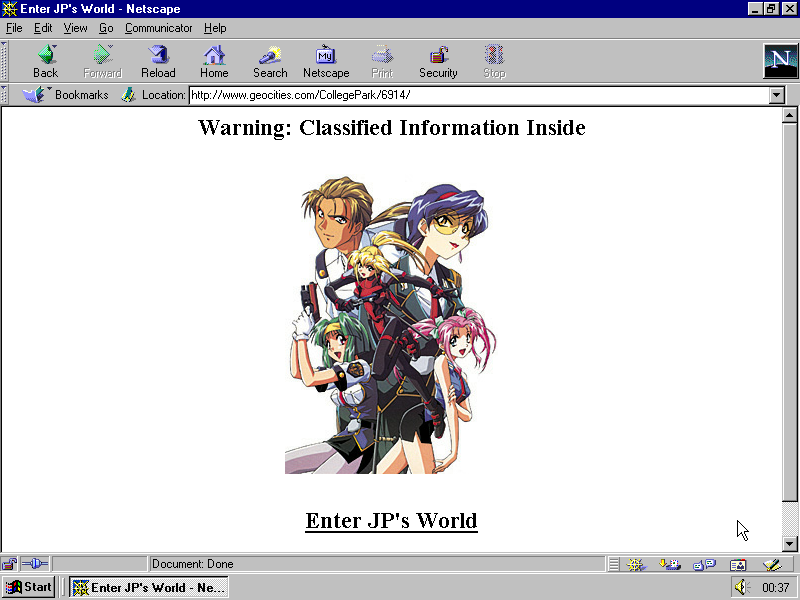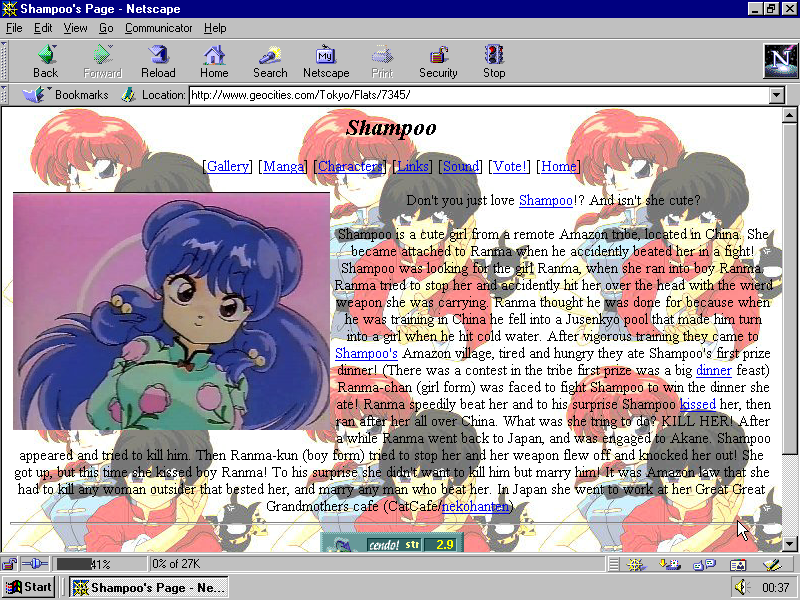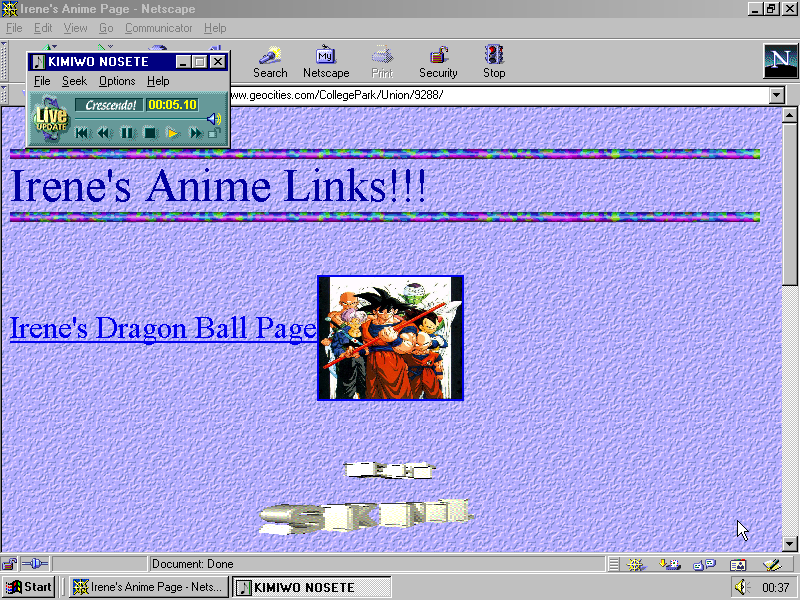Tonight a screenshot of the Divorced Dad page was massively liked and reblogged. For all the fans of this page and divorce dads — here is the video. Enjoy the animation.
More about the Geocities archive video effort.
Tonight a screenshot of the Divorced Dad page was massively liked and reblogged. For all the fans of this page and divorce dads — here is the video. Enjoy the animation.
More about the Geocities archive video effort.
On Geocities everybody knows your home page was made by a cat.
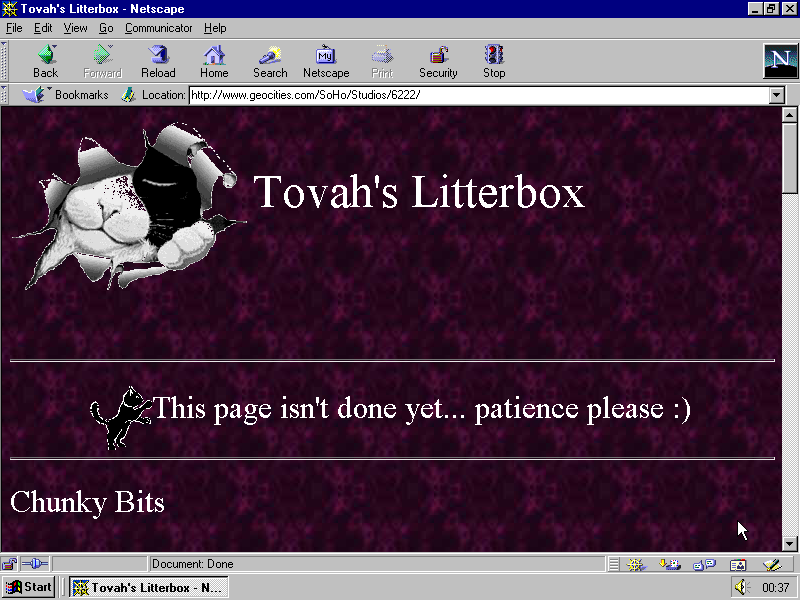
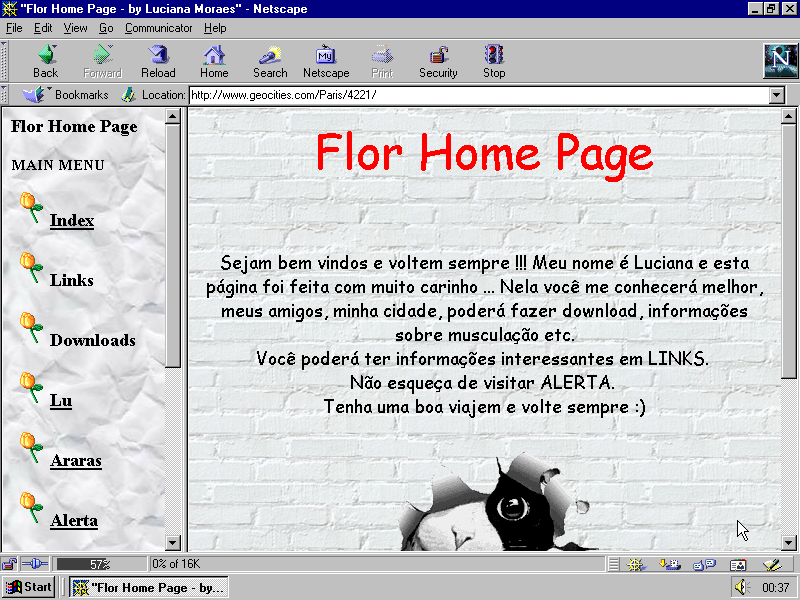
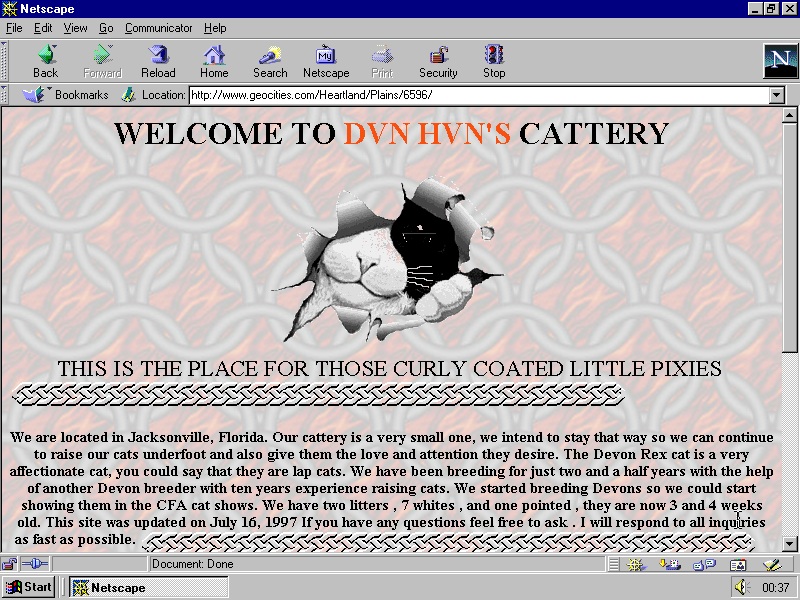
Sheldon Wai, web page maker from Hong Kong, wrote in 1997: “Anime has been one of the reasons the Internet has grown so quickly in the recent years”.
After 10 weeks of watching the One Terabyte of Kilobyte Age Tumblr I totally agree. I never expected that Anime pages would pop up so frequently.
More so, observing activities of our followers, I’m ready to conclude that Anime is one the main reasons why the Internet still exists! Every new Anime related screenshot is liked, reblogged and greeted with comments.
Some recent highlights:




